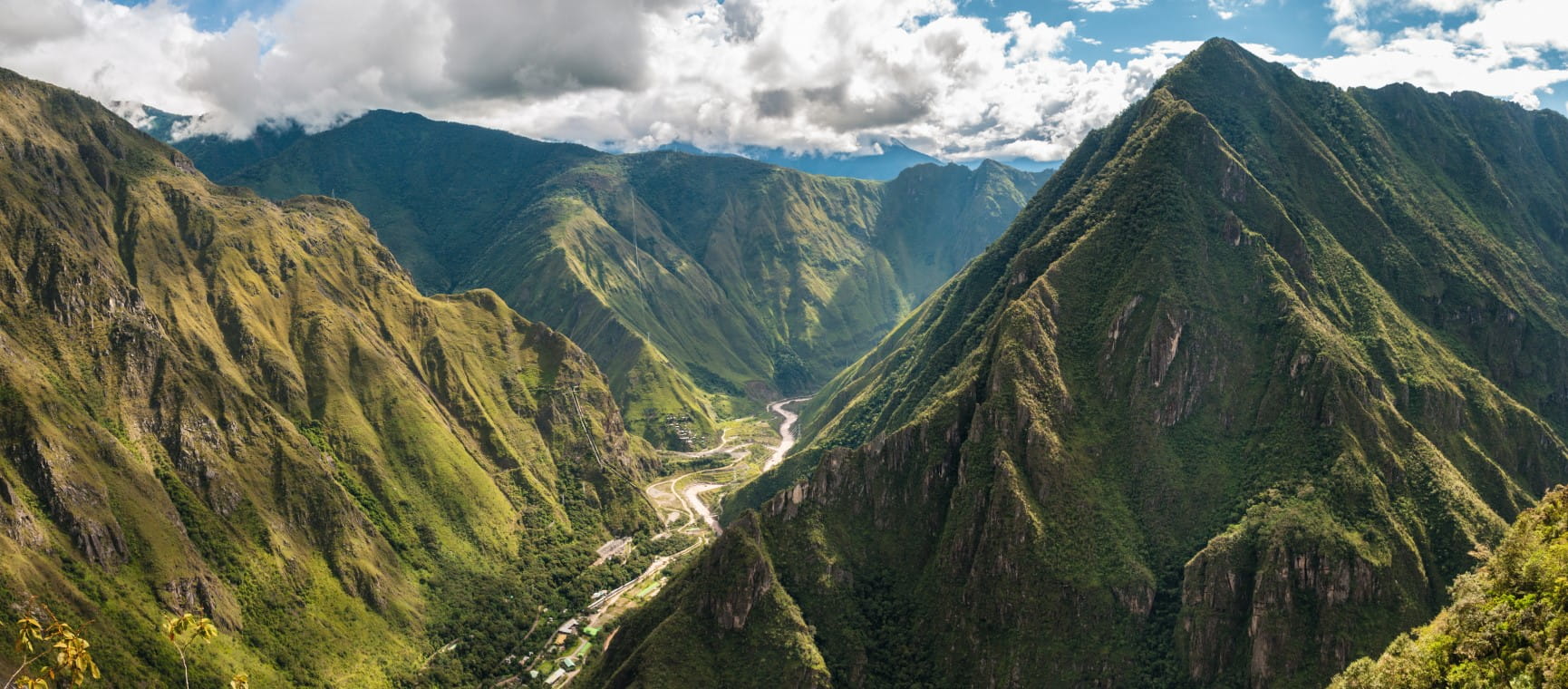

Britain’s favourite bear is returning to his roots on 8 November when Paddington in Peru hits the big screen.
The real-life Peruvian Paddington is the shaggy black spectacled bear – the only bear native to South America – which gets its name from the whiteish circles of fur around its eyes. Also called the Andean bear, it once roamed the Andes from Venezuela to Chile.
Now, with hunting and habitat loss due to deforestation and logging, there are fewer than 10,000 in the wild, and they’re listed as vulnerable on the International Union for the Conservation of Nature Red List. Paddington’s tag ‘Please look after this bear’ has never seemed more fitting.
Like Paddington, these bears are remarkably agile, climbing lofty trees with ease thanks to their sharp claws. Unlike Paddington, however, they are notoriously shy and solitary – unless they have cubs – which makes them hard to study.
They avoid human contact and sightings are rare, which made my unexpected encounter in a remote Andean valley all the more special. My eagle-eyed guide pointed to a far-flung forested slope and, through binoculars, I saw the bear rise on its haunches, give us a long, hard stare and sniff the air – they have an impressive sense of smell – before loping away.
More guaranteed sightings can be had by walking the trails of the Chaparri Conservation Area near Chiclayo in the north-west. This community-owned and managed reserve is home to the spectacled bear and other of Peru’s endangered species, including the guanaco (a larger, wilder cousin of the llama) and Andean condor.
There’s also a rescue centre for bears and other animals confiscated from illegal captivity.
For a Paddington-inspired adventure, start in Lima, where Aunt Lucy lives in a Home for Retired Bears.
Founded by the Spanish in 1535, Peru’s sprawling capital is a multi-layered city, where pre-Colombian history and colonial mansions meet cutting-edge art and world-class chefs across village-like neighbourhoods, from bohemian Barranco to upscale Miraflores, one of the locations for filming.
In Miraflores’ ocean-front Parque Salazar, you’ll get your first glimpse of Paddington, wearing a Union Jack duffle coat and doffing his hat. Designed by Stephen Fry – and one of 50 bear statues originally scattered around London on the 2014 Paddington Trail – he was a gift from the British Embassy.
You can then follow in Paddington’s paw prints to the Amazon rainforest, a world of dense vegetation and uncharted waterways.
I flew to the jungle metropolis of Iquitos, only accessible by air and water, then took a three-night luxury cruise down the Ucayali River to spy on a wealth of wildlife, including pink river dolphins, slumbering sloths and vociferous toucans.
Luckily for me, Paddington was not at the helm, as he is in the film.
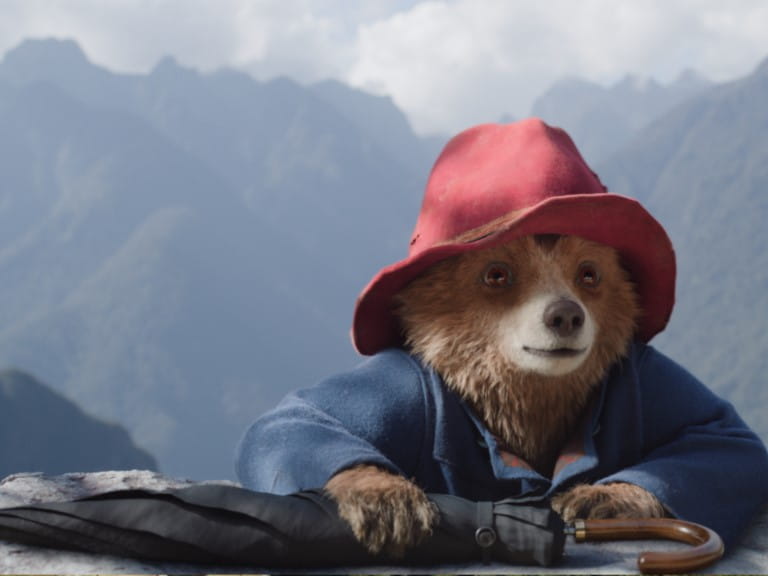
Cusco, the heart of the vast Inca Empire where gold-encrusted temples were dedicated to the sun god, also has a starring role. When the Spanish conquistadors arrived in 1526, they stripped the gold and turned the Inca’s precision-cut stones into foundations for opulent churches, including the Convent of Santo Domingo, sitting atop the 13th-century Inca Qorikancha, or Temple of the Sun.
Cusco’s cobbled streets are steeped in history and legend, and made for exploring on foot. Don’t miss the Plaza de Armas, dominated by both an imposing 16th-century cathedral and a church, and the pretty neighbourhood of San Blas, where artisans preserve age-old traditions.
In San Pedro market, women chatter to each other in Quechua and stalls are piled high with rainbow-coloured corn and, stranger still, jars full of gnarled maca root – the Andean answer to ginseng – and Amazonian dragon’s blood.
Cusco is the gateway to the spectacular Sacred Valley and sights such as the salt pans of Maras and Pisac’s colourful market. The fast-flowing Urubamba River snakes through the valley, and its gentle Class I and II rapids close to the Inca fortress of Ollantaytambo make an adrenaline-fuelled white-water rafting adventure perfect for beginners.
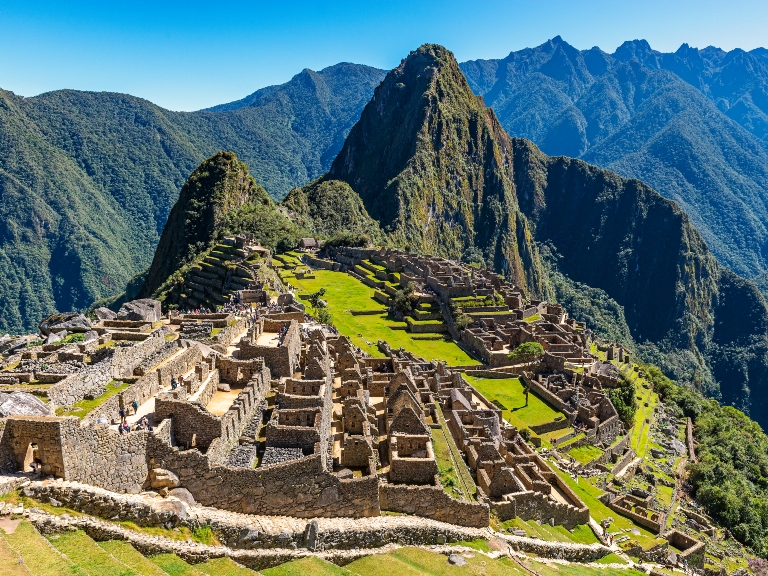
And, of course, there is Machu Picchu, the majestic Lost City of the Incas, sitting in splendid isolation in a valley almost 2,450m above sea level, often shrouded in mist and dominated by the green-clad mountain of Huayna Picchu. Was it a royal retreat, a living city, a place of worship – or all three?
Unlike other Inca sites, this citadel wasn’t found by the Spanish. Built around 1450 at the height of the Inca Empire and abandoned less than 100 years later, it sat enveloped in lush vegetation until Yale historian and explorer Hiram Bingham rediscovered it in 1911, after days scrambling through the jungle.
As a backpacker, I once huffed and puffed my way along the knee-busting Inca Trail, an exhausting yet exhilarating adventure that saw me slogging up Dead Woman’s Pass and exploring deserted Inca ruins, ending with an unforgettable pre-dawn hike to Machu Picchu’s Sun Gate to watch the rising sun illuminate its terraces and temples.
Now, I prefer to let the train take the strain, sit back, sip on a Pisco Sour – Peru’s signature cocktail – and let the spectacular scenery, from glacier-tipped peaks to the evergreen cloud forest, unfurl through the panoramic windows.
The good news is, thanks to conservation efforts, Machu Picchu has also become a haven for spectacled bears, with sightings on the rise, and 29 adults and four cubs at the latest count. With luck, you might spot a real-life Paddington rambling around the ruins.
Explore Peru on this Saga tour, which includes the cities of Lima and Cusco, the Sacred Valley, and Machu Picchu.
Footsteps of the Incas: 14 nights, various dates from April 2025, starting at £3,815pp
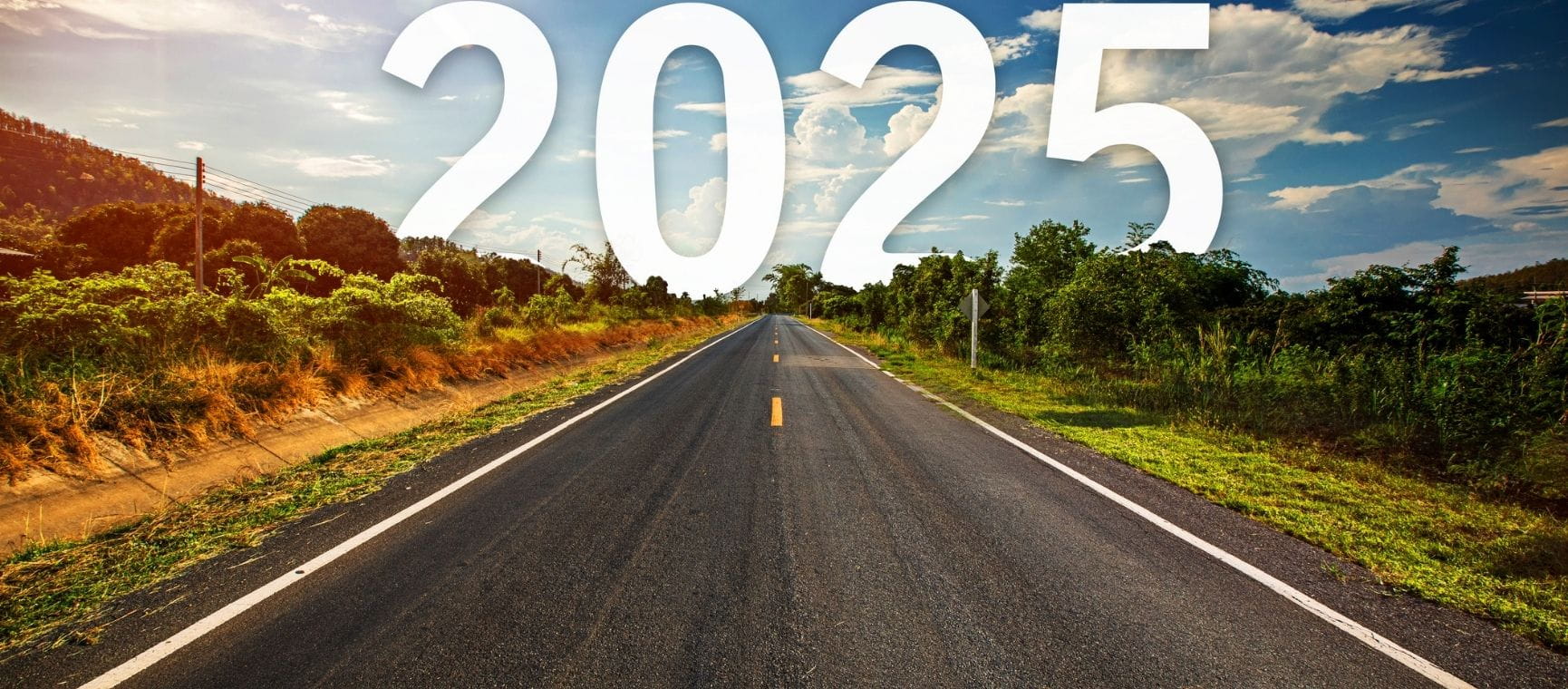
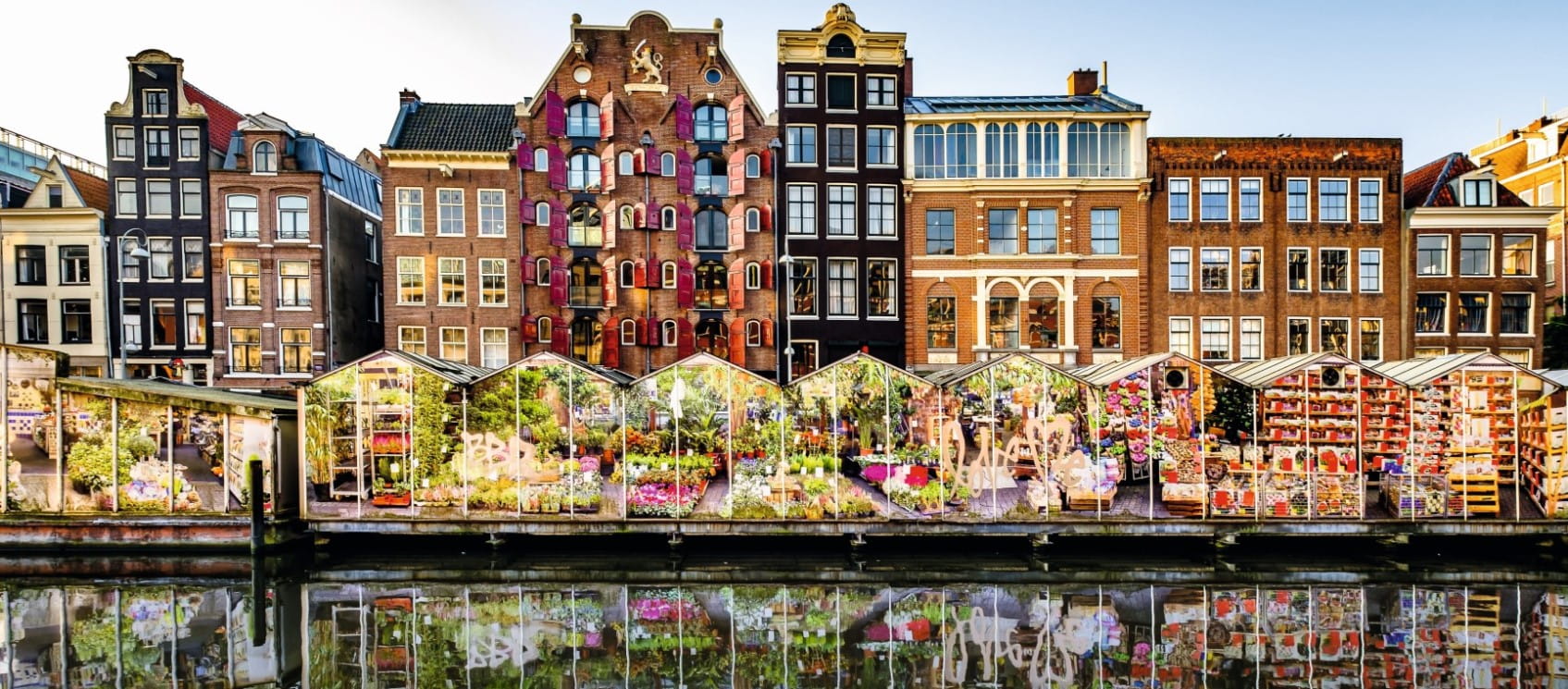
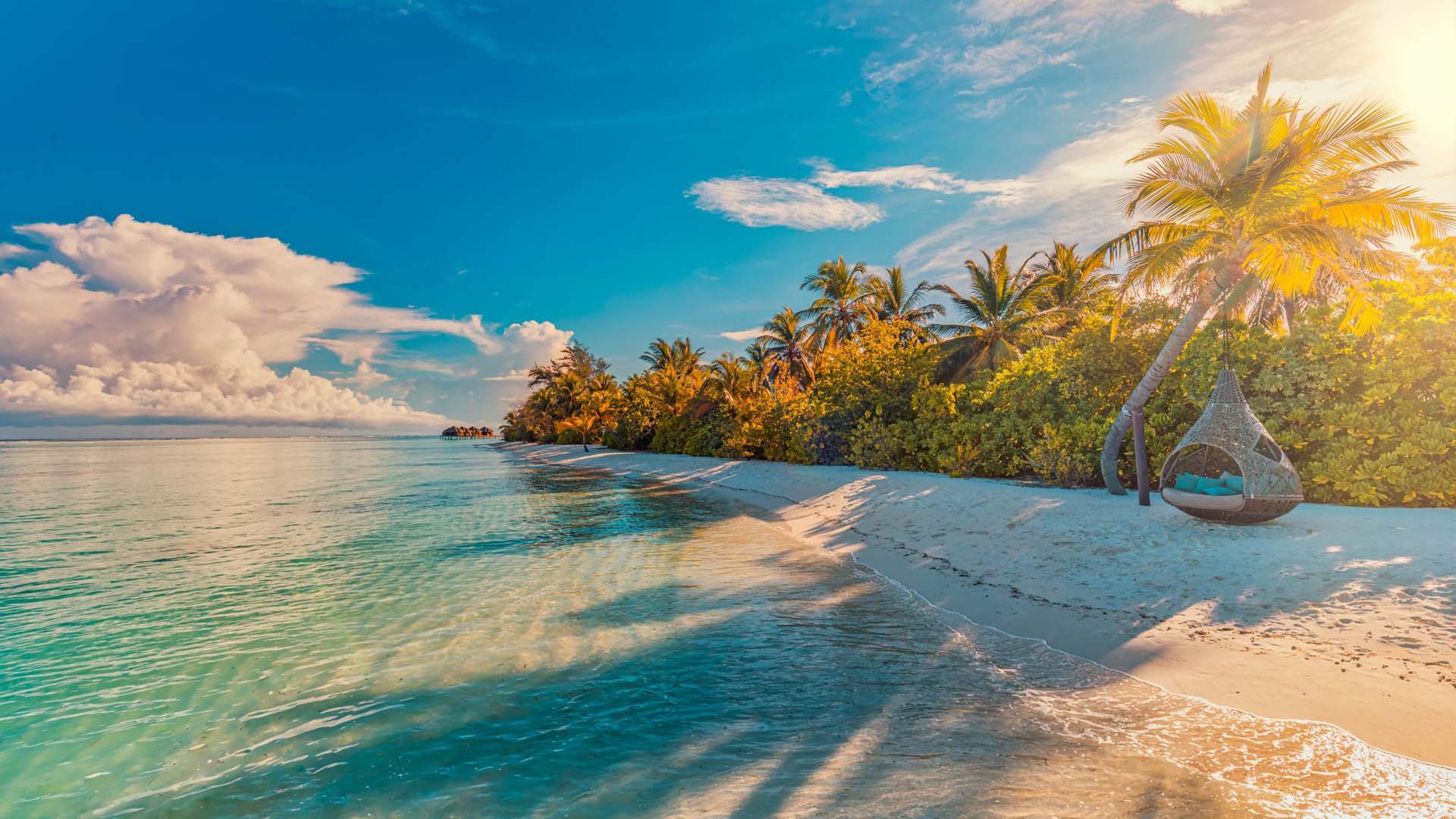
Whether your perfect beach holiday is just sun, sea and sand, or if you like a bit of sightseeing, shopping or snorkelling thrown in, one of these might be your ideal destination.
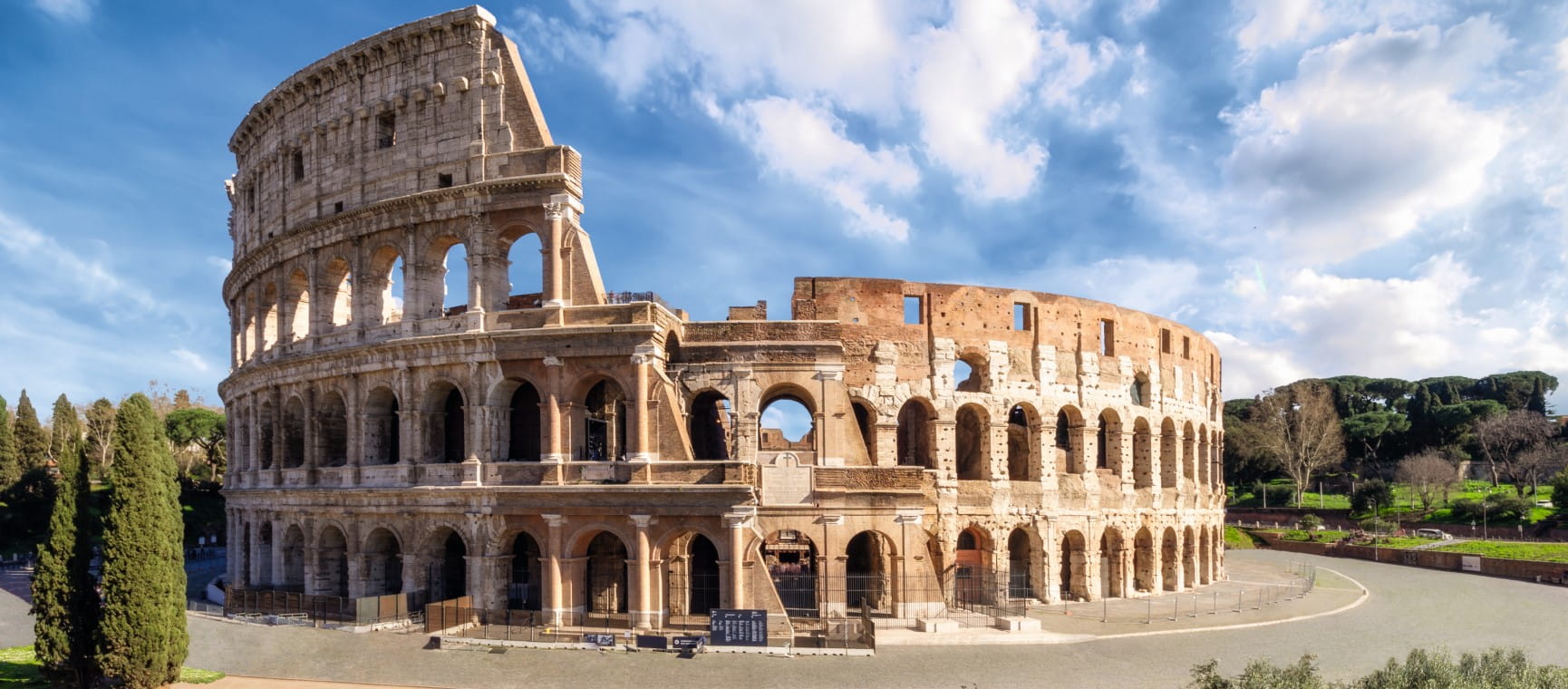
Jetting off to Italy’s ‘Eternal City’? We reveal the best places to visit in Rome, from ancient temples to al fresco dining with a view.
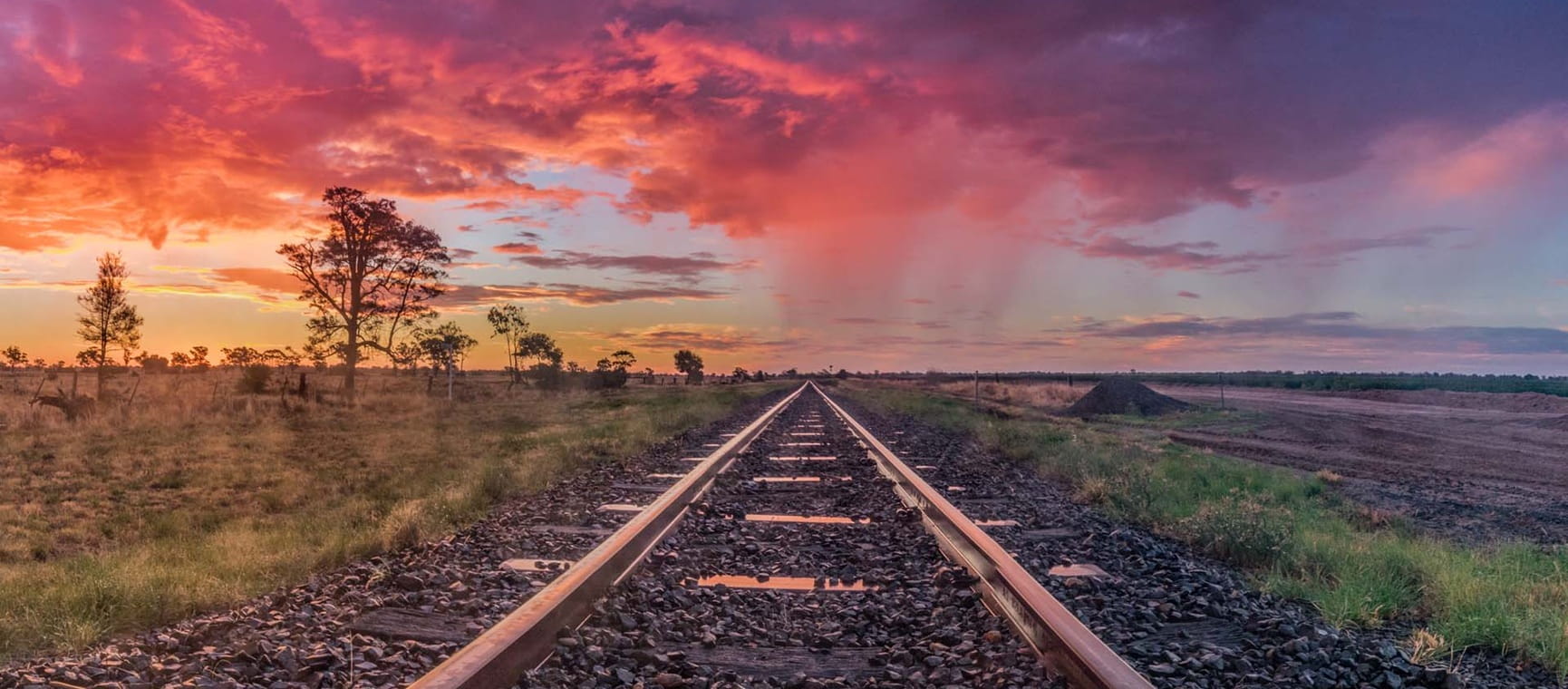

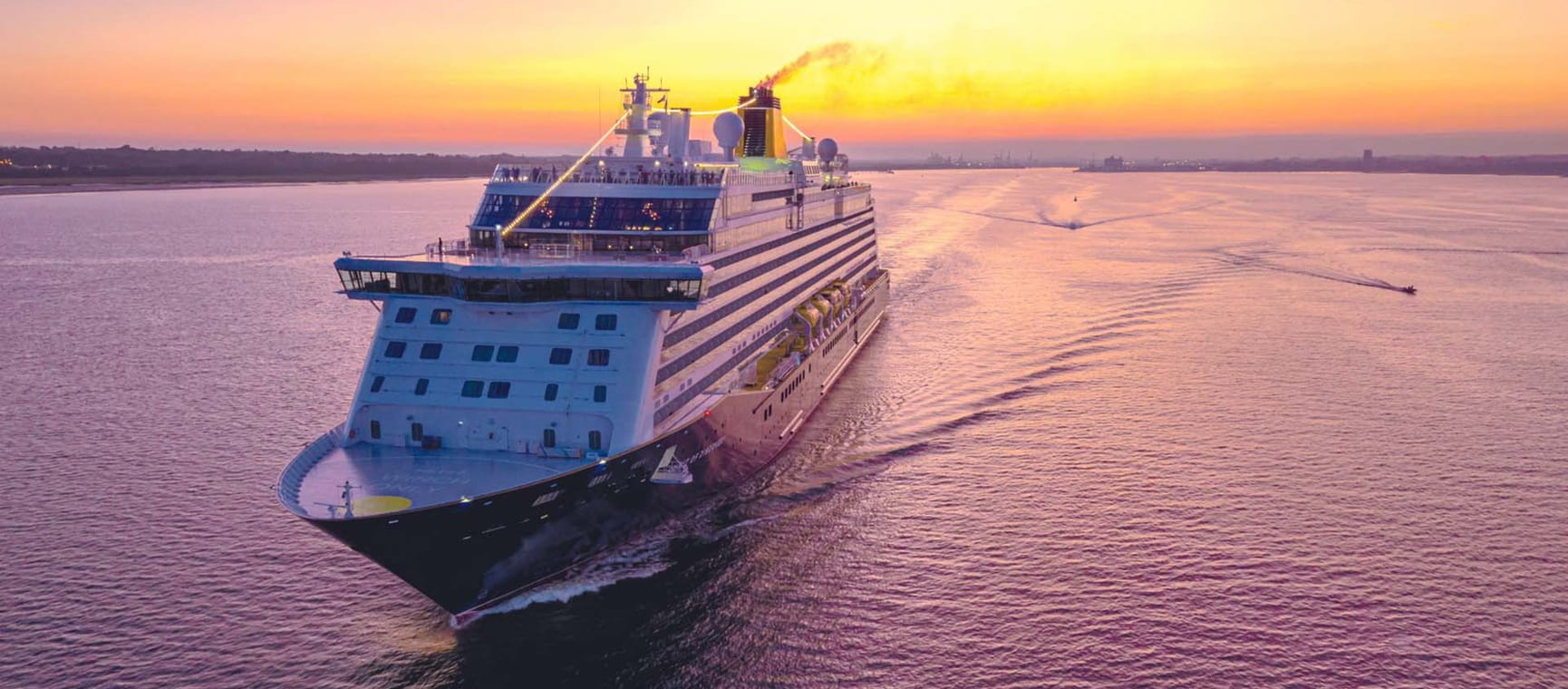
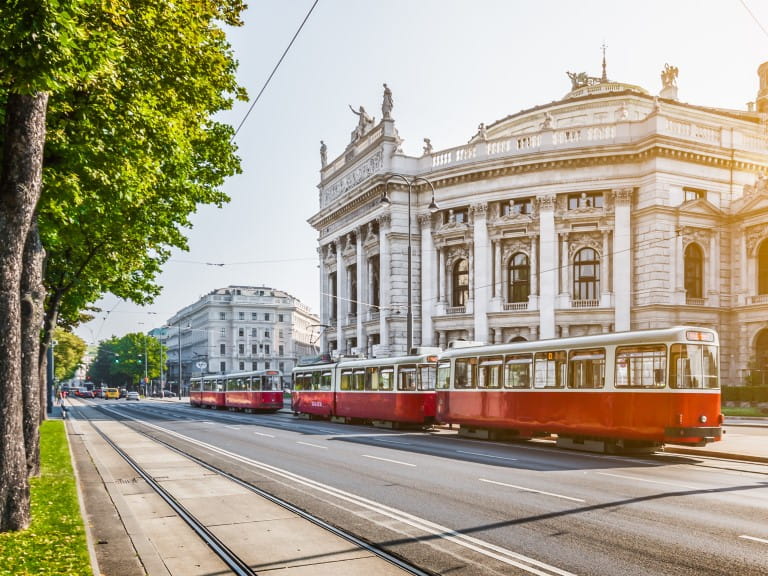
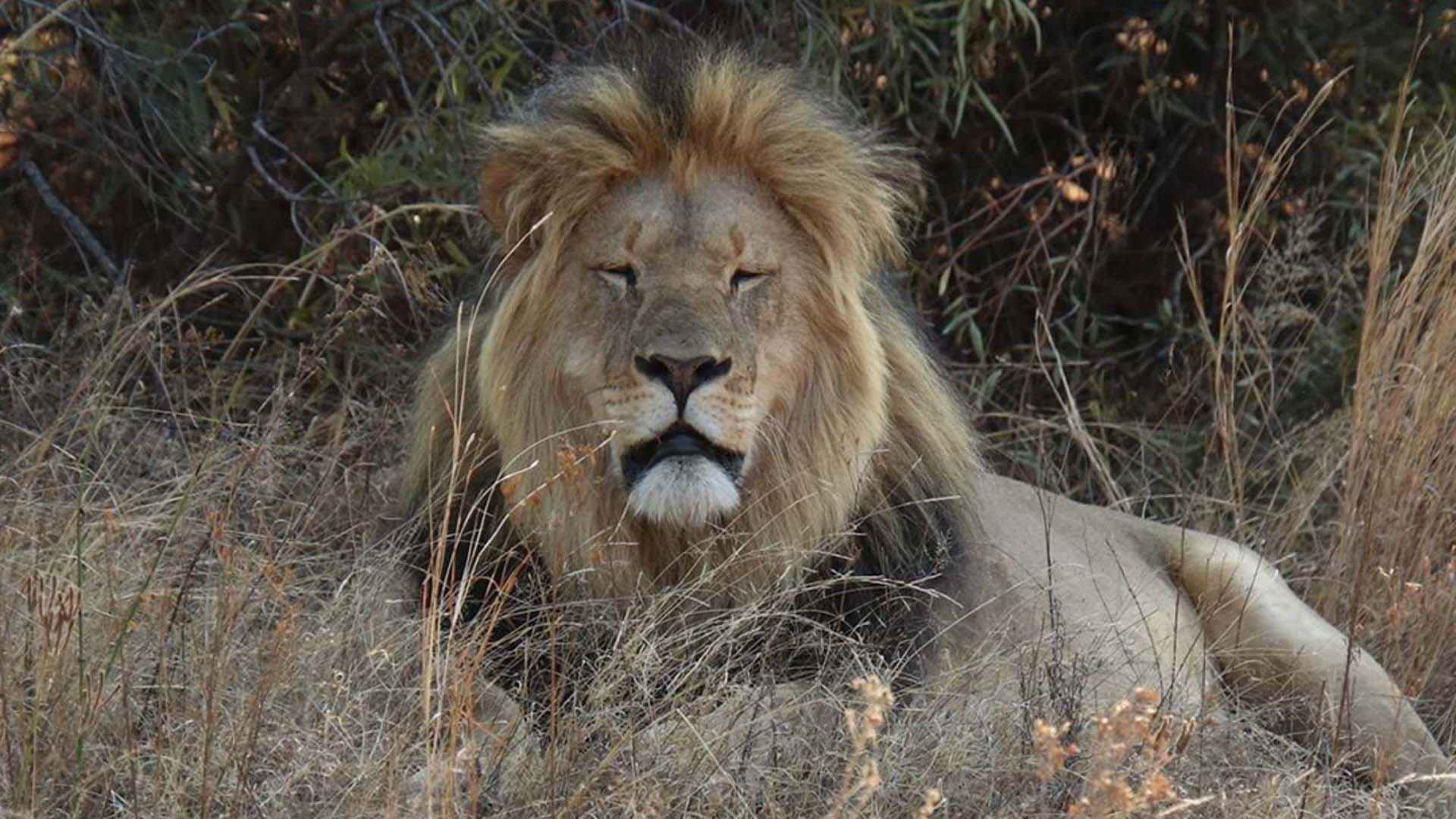
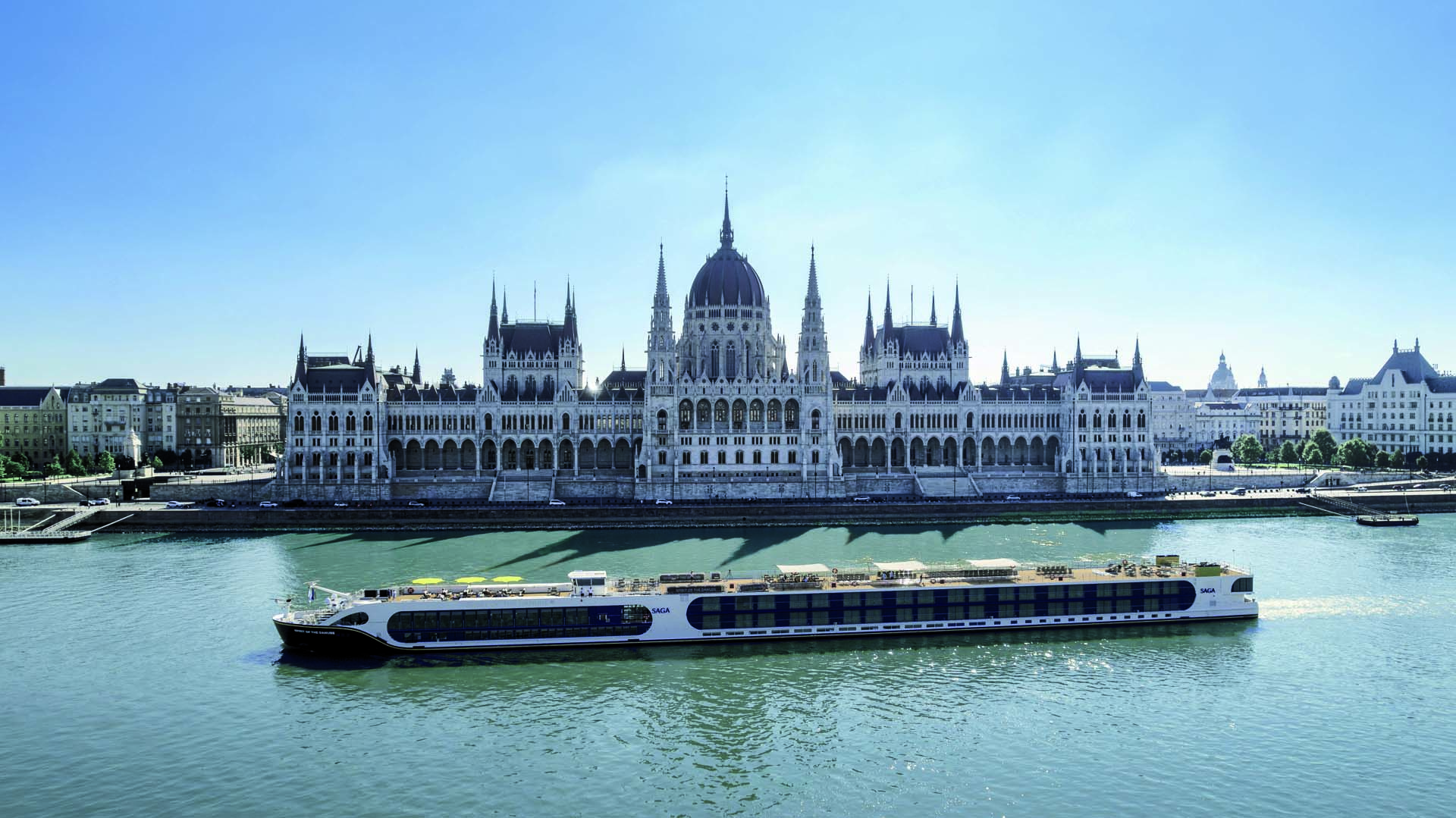
A different destination every day - why a river cruise could be your perfect summer holiday.
